A BI system that helps to analyze large amounts of data, visualize it with the help of interactive dashboards, and obtain useful information.
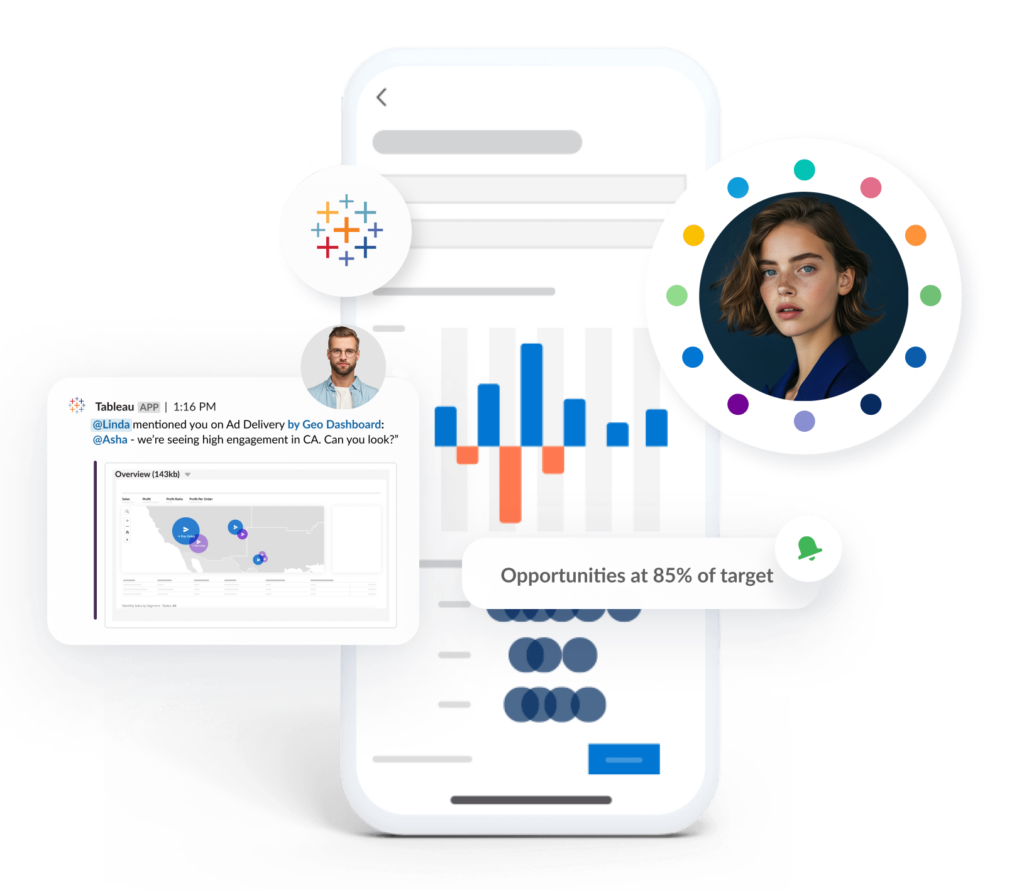
SOFTICO – is your reliable software partner in Ukraine and Europe,
, which has Tableau Premier Reseller status.
We offer the lowest prices and the most favorable conditions.
Join 15,000+ companies that are already doing successful business with us!


Increase your business efficiency with the integrated Tableau platform. Whether deployed in the cloud, on-premises, or integrated with Salesforce CRM, you can easily access all your data. Leverage fully integrated AI/ML, data management and governance, visual storytelling, and collaboration capabilities to realize your potential.

Get started with analytics without any hassle. Our Tableau platform offers built-in visual best practices that allow you to focus on creating questions rather than learning the software. This is unlimited data exploration without unnecessary complexity that hinders your analysis.

Tableau is a trusted leader in analytics. With us, your business scales faster and wider. We help you accelerate innovation, optimize operations, and better serve your customers. Trust us to help you realize the value of your analytics investments and find out how Tableau can help you realize the value of your analytics investments.

We will help you collect data from various sources. Choose from over 80 predefined data sources: Big Data, SQL databases, Excel, Google Analytics, and many others. Access and merge data without writing code. Analysis starts with data, and we'll give you access to the best tools to optimize it.














Make better decisions with Tableau.

Easily create data visualizations based on any source
Interactive visualization.
Advanced analytical capabilities. Flexibility in customization.
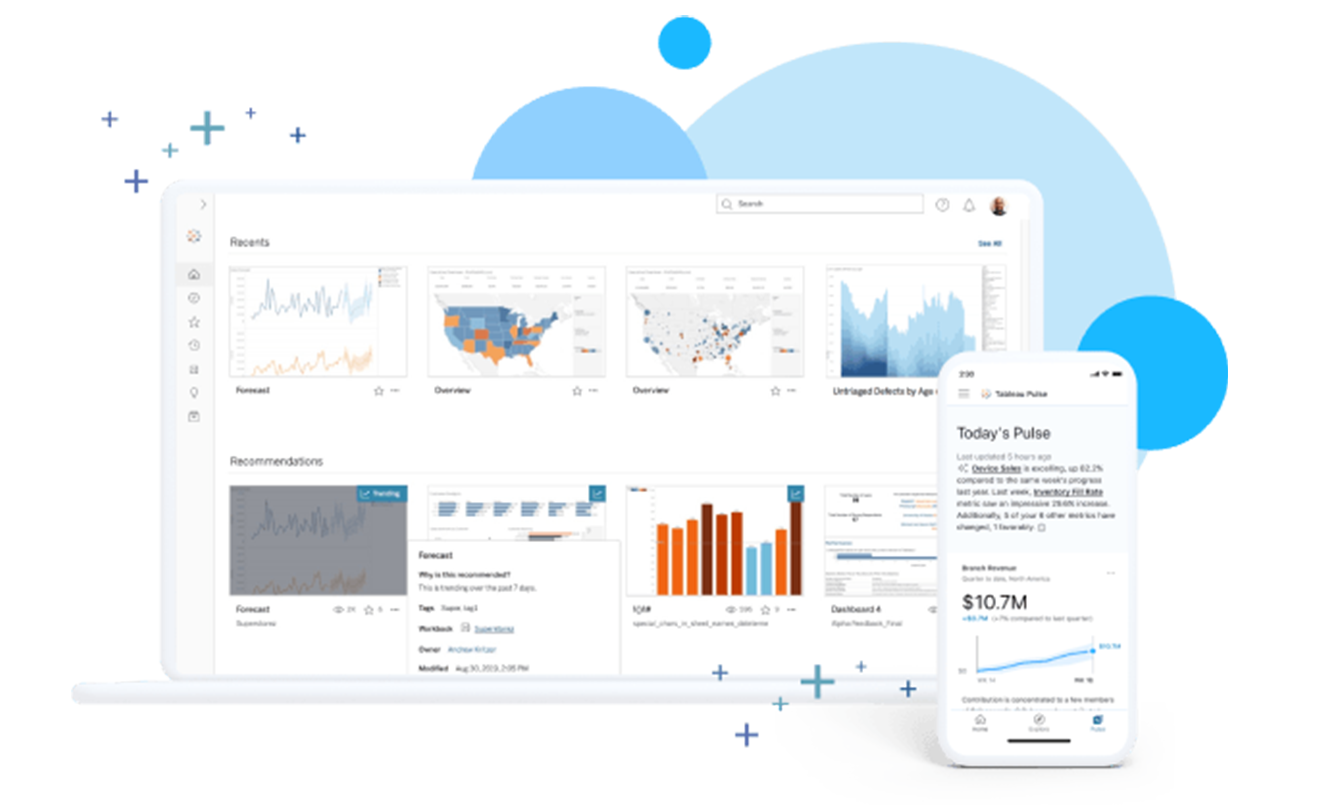
Set up dashboard sharing in the cloud, powered by Tableau
Security and access control. Easy access and collaboration from anywhere.
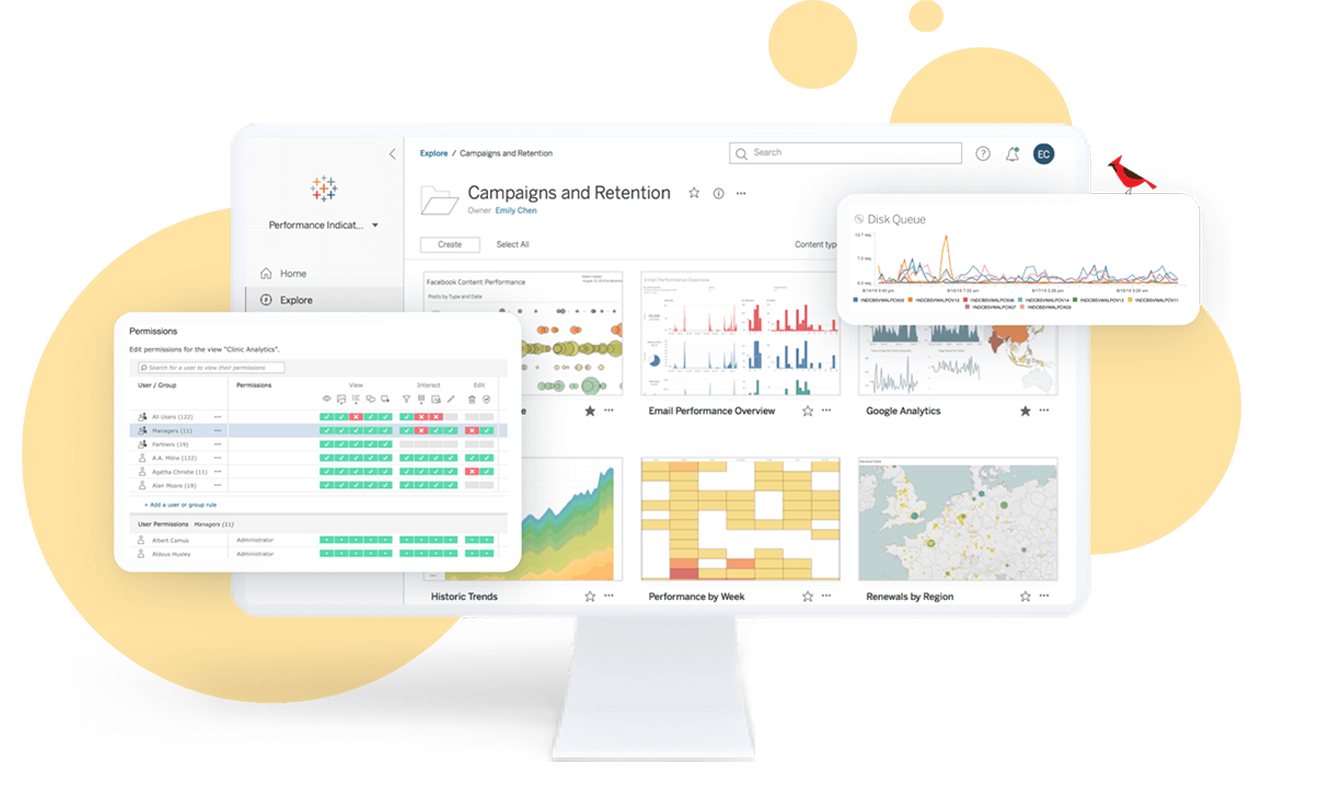
Set up sharing of dashboards in the cloud, on your servers
Security and access control. Easy access and collaboration from anywhere.
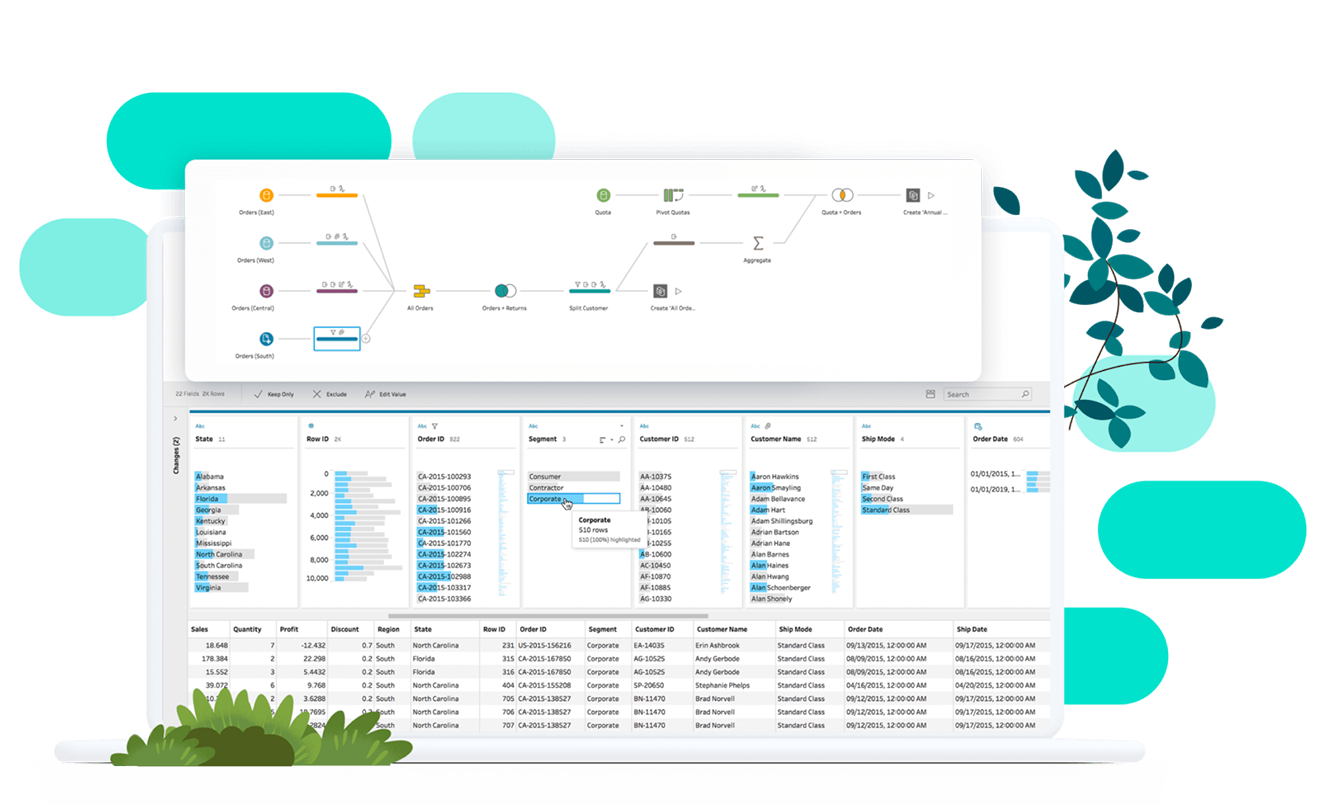
Improve data quality and cleanliness
Quickly combine and analyze information. Efficient data generation and cleansing.
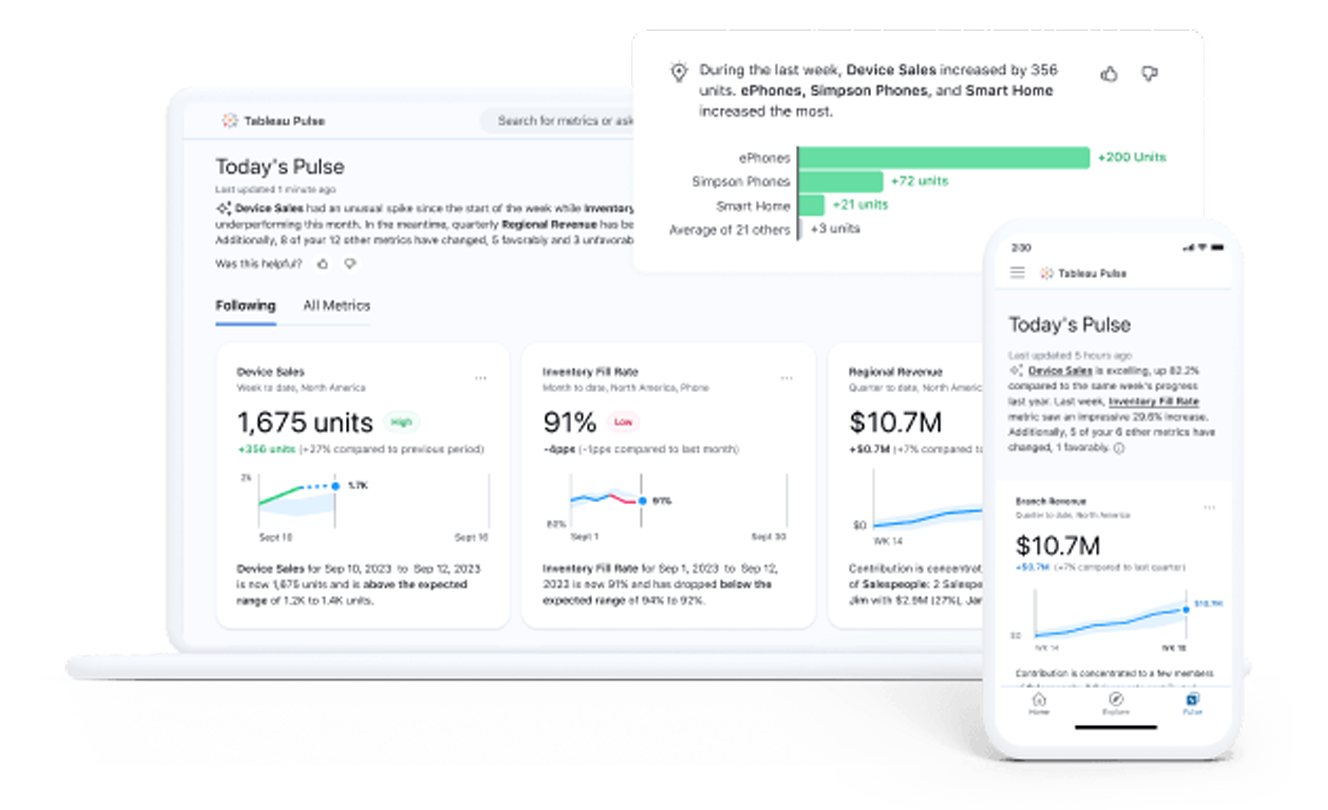
Combine Tableau innovations with artificial intelligence to analyze data
Open up new opportunities for your organization with accurate insights that can be easily integrated into your workflows.

Ensure centralized data management, improving quality and availability
Reliably stores, updates, and processes data to optimize analytical processes.
Choose the best analytics option for you

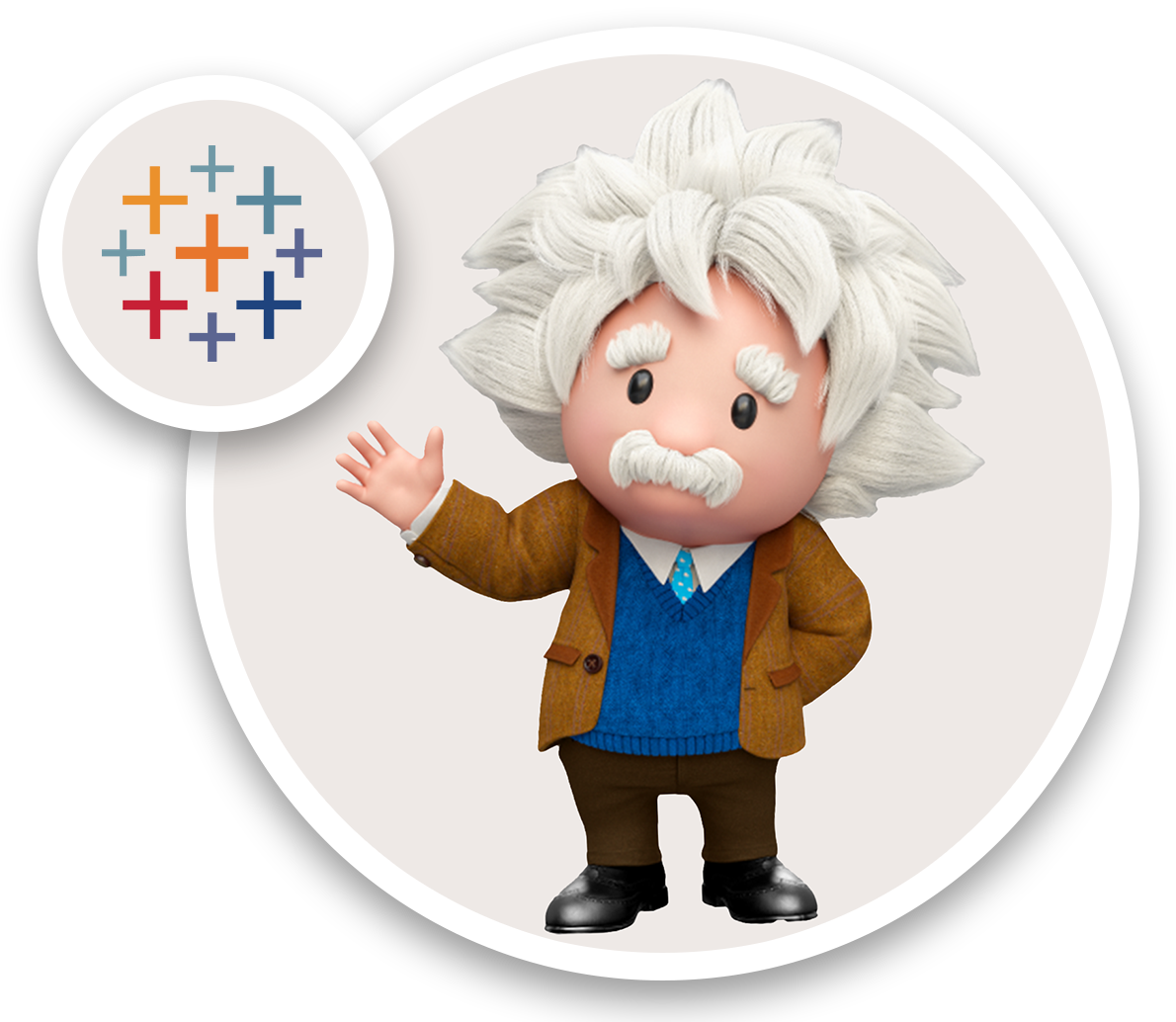
Discover insights with a powerful set of products that support your end-to-end analytics workflow
Simplify your complex data processing tasks with our comprehensive solution that offers more for a single price
Bring AI-powered analytics to every corner of your organization
Connect your data, create visualizations, and publish dashboards in Tableau Desktop.
user/year
Edit existing dashboards quickly and easily. Available for teams and large organizations.
user/year
Get access to existing dashboards. Available for teams and organizations.
user/year
Latest news, events and expert guides

Stay up to date with the latest news and key events of global importance. Your source for up-to-date information and fresh, in-depth insights.

Explore our analytics videos to get the most out of Tableau. Get strategic insights through detailed tutorials and case studies.

Your reliable assistant in the world of analytics. Our detailed guides will help you master Tableau and unlock the potential of your data.
Overview of mentions and publications

Get access to the full functionality of Tableau with our licensed solutions. We offer a variety of licensing options to suit your needs and budget.

We can help you implement Tableau effectively in your organization. Our experts know the best practices and will help you customize the system to meet your needs.

Solve your Tableau training needs with our courses. We offer a variety of training programs, including basic, advanced, and customized, to ensure you have the skills you need to succeed.
Leave your contacts to get expert advice.
If you have any questions or encounter any difficulties in filling out the form, please call us at +38 (044) 383-44-10 or send an e-mail to marketing@softico.ua.
© 2025 Tableau Ukraine